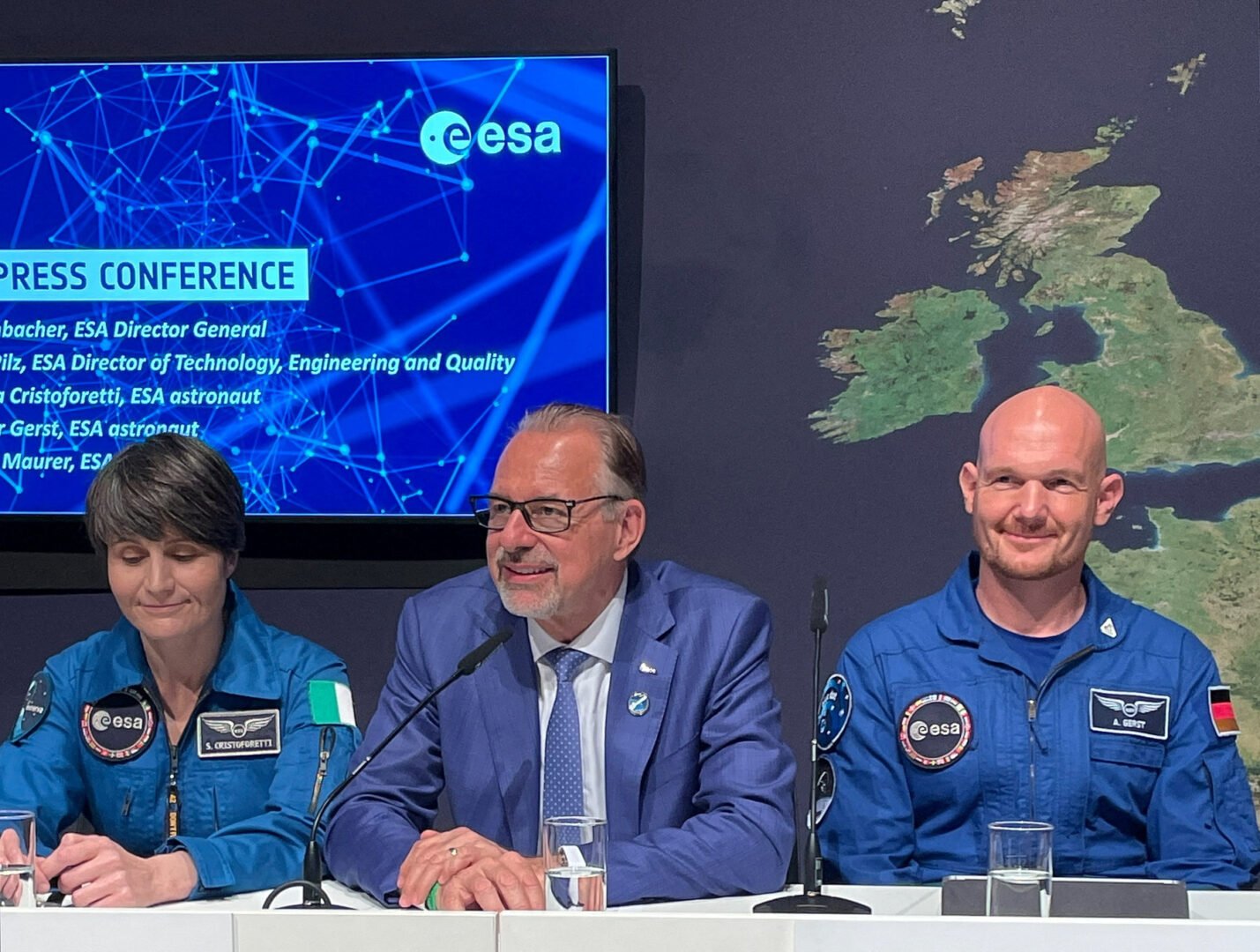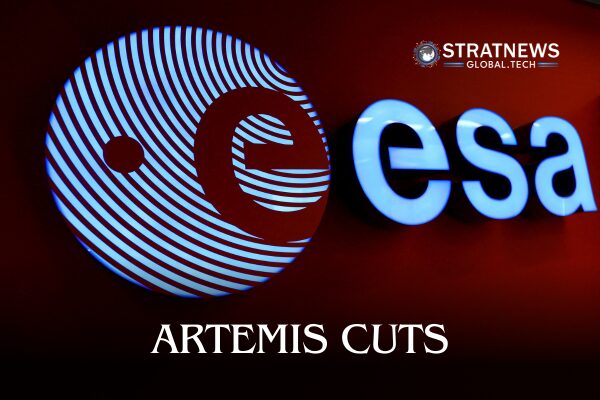ESA Evaluates NASA Budget Changes and Future Cooperation
The European Space Agency (ESA) is assessing potential impacts following recent US budget proposals that include significant cuts to NASA’s moon-related programmes. These plans affect key joint projects, including the Space Launch System (SLS) and the Orion spacecraft, in which ESA plays a vital role.
ESA, representing 22 member states, announced it remains open to working with NASA. However, it will carefully examine alternative strategies during a scheduled council meeting in June. The agency said in a statement that it is already in discussions with NASA to understand the broader implications of the proposed reductions.

US Budget Targets Artemis Components
On Friday, the US released a new budget summary proposing the phase-out of the SLS rocket and the Orion crew vehicle. These systems are central to NASA’s Artemis missions. The Orion spacecraft includes a European-built service module developed by Airbus, which provides key life-support and propulsion systems.
The White House labelled the SLS and Orion projects as “grossly expensive” and noted that both had exceeded initial cost estimates. Furthermore, the budget suggests stopping development of the planned Gateway lunar-orbit platform. This station, crucial to future Artemis missions, would include several European-built components, including habitation and logistics modules from Thales Alenia Space.
ESA to Discuss Options in June Council
ESA stated the US proposals remain a “work in progress”. Nevertheless, it is preparing for its June 11–12 Council meeting, where it will examine potential responses and consider alternative plans. The goal is to protect Europe’s investment in space exploration and safeguard the interests of European industry partners.
The Artemis programme was launched under President Donald Trump’s administration with the aim of returning humans to the moon. It is also viewed as a precursor to future Mars missions. ESA’s contributions include the Lunar I-Hab module, Lunar View logistics element, and Lunar Link communication system.
A landmark agreement signed in 2020 formalised ESA’s role in the Gateway project, mirroring earlier collaboration on the International Space Station. ESA’s continuing involvement now depends on both the final shape of the US budget and the outcome of its internal review.
with inputs from Reuters


